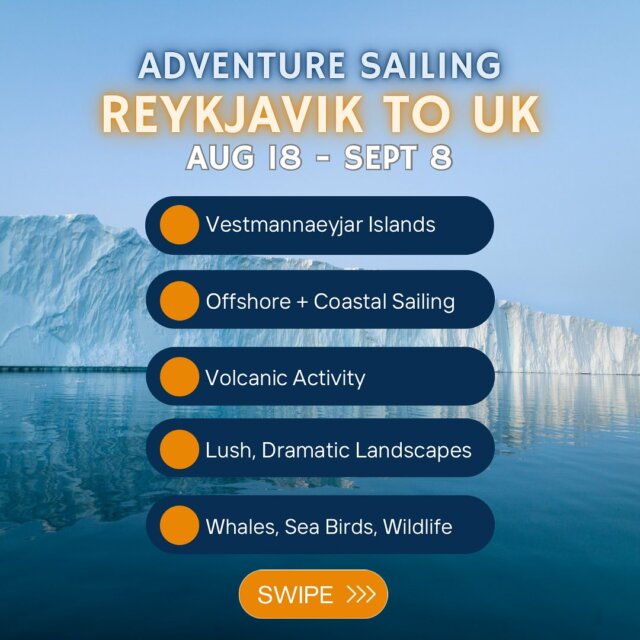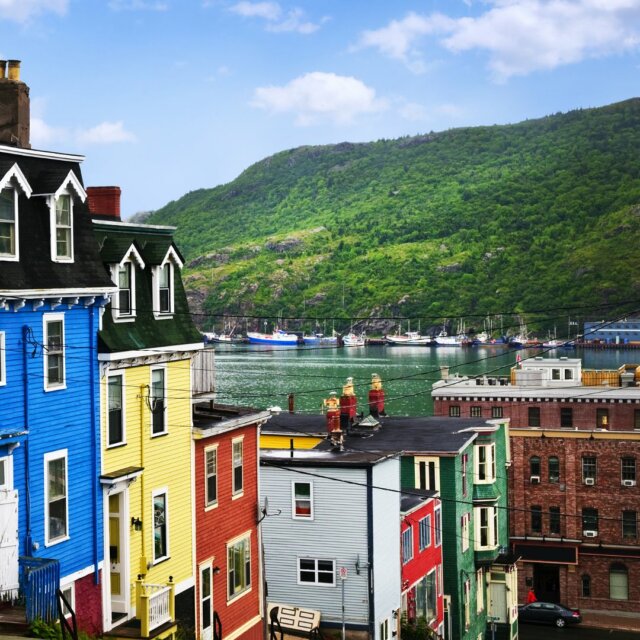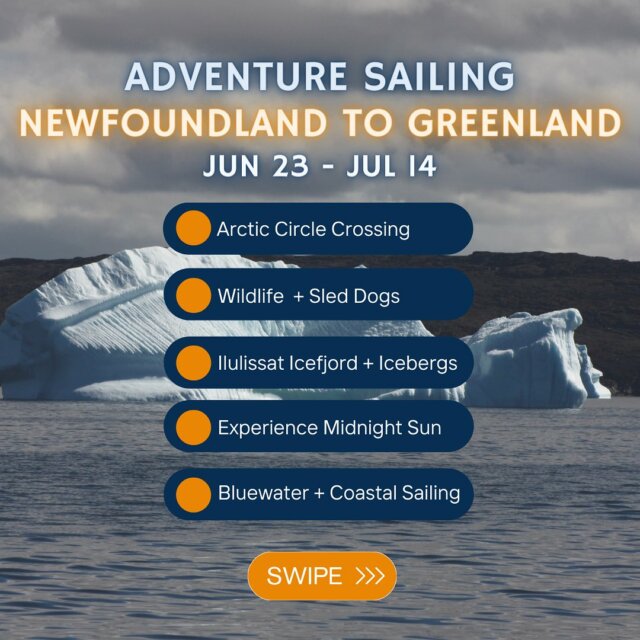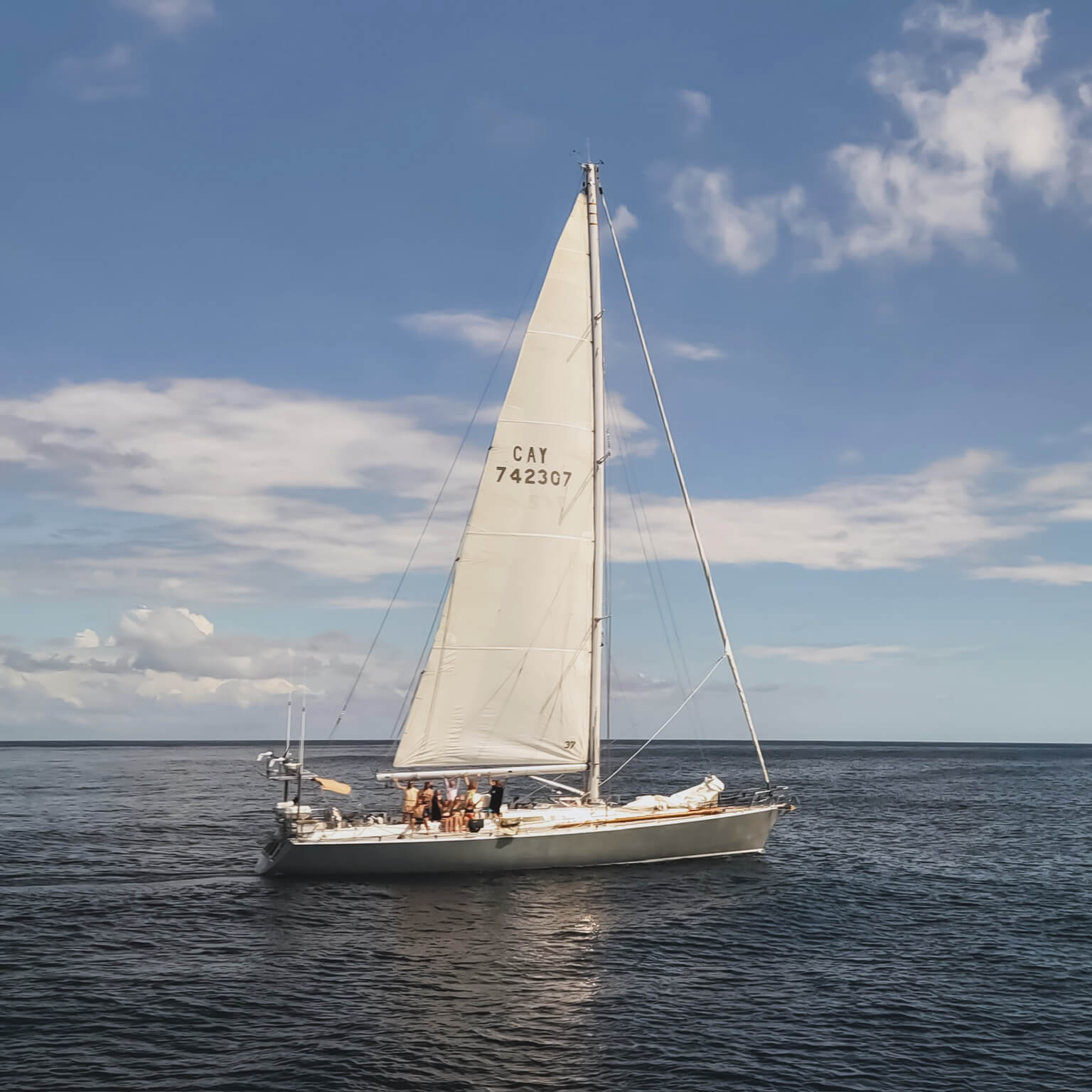Am hunched over laptop in brilliant sunshine on the aft deck of the Sea Dragon. The plastic/plankton trawls for the scientific work have been lowered into the choppy sea and there’s a brief lull while they scoop their findings from the dark waves before we haul them up again. The 12 of us on board are split into three watch shifts. Four hours on, eight off, rotating around the clock.
Last night, on the midnight to 4am shift, my nausea subsidised enough to appreciate the stars for the first time. An immensity of stars above an immensity of waves. As much as we know that 70% of the earth’s surface is ocean and that planet earth should really be called planet ocean, after four and a half days out of sight of land it’s the first time I’ve ever really begun to feel what that means.
We’ve seen occasional sightings of plastic floating by; a blue tray, a bleached out net, two or three bottles. Steph the scientist’s samples clearly show tiny pieces of plastic amongst the squirming plankton. But, in all honesty, if you didn’t know there was a problem you would think the sea looks just fine; vast, indifferent and unperturbed by human actions. Of course, we’re not in the Gyre yet, and this might change. But then again, the impacts of our CO2 emissions – about 1/3 of which have been absorbed by the ocean, rendering it 25% more acidic since the industrial revolution – are not visible either. It’s suddenly easy to understand how whole cultures, including our own, think that the ocean is so vast as to be untouchable; that we can dump whatever we will down there with absolute impunity. You can feel so very, very small on a yacht in the ocean. Yet collectively, astonishingly, we’ve altered the atmospheric chemistry of the entire global ocean ecosystem.
We’ve seen a small pod of pilot whales, shear waters, gannets and herring gulls and on occasional surprise small bird, presumably on migration. Two wheatears and a wagtail (I think). For the first two days, we had the company of dolphins, cruising alongside, leaping and surfing and showing incredible spurts of speed. We haven’t seen them for a day or two and miss their joyful exuberance.
Highlights of the trip so far have involved dolphins; Steph giving an excellent talk about her research with laptop slides on deck and dolphins arching in the background; and bioluminescent dolphins lighting up a dark night like waterborne fireworks. From our perspective, in many ways so out of our element, that there are creatures so at home in the sea seems amazing. Amazing and, inevitably, bittersweet to watch them leaping and sparkling given what we know about how we are changing their world.
– Dr. Kate Rawles, Mission Leader, Gyre to Gaia Expedition, September 22, 2014




























































































